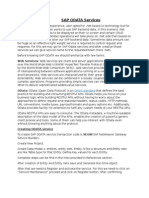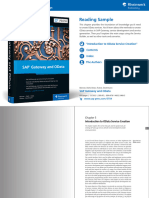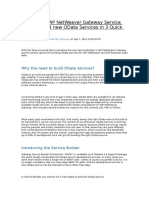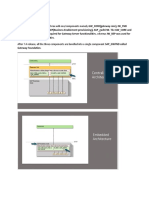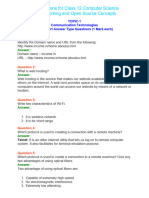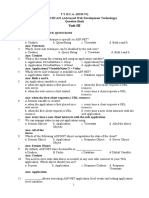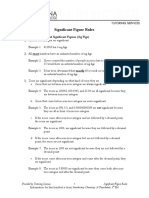0% found this document useful (0 votes)
17 views7 pagesOData (Open Data Protocol)
OData (Open Data Protocol) is a standardized protocol for exposing and accessing information from multiple sources, built on HTTP, AtomPub, XML, and JSON. It facilitates the development of interoperable APIs for accessing SAP data as RESTful services, supporting CRUD operations and various query options. OData offers advantages such as standardized protocols, flexible data access, ease of integration, client compatibility, and built-in security features.
Uploaded by
rahul6111350Copyright
© © All Rights Reserved
We take content rights seriously. If you suspect this is your content, claim it here.
Available Formats
Download as PDF, TXT or read online on Scribd
0% found this document useful (0 votes)
17 views7 pagesOData (Open Data Protocol)
OData (Open Data Protocol) is a standardized protocol for exposing and accessing information from multiple sources, built on HTTP, AtomPub, XML, and JSON. It facilitates the development of interoperable APIs for accessing SAP data as RESTful services, supporting CRUD operations and various query options. OData offers advantages such as standardized protocols, flexible data access, ease of integration, client compatibility, and built-in security features.
Uploaded by
rahul6111350Copyright
© © All Rights Reserved
We take content rights seriously. If you suspect this is your content, claim it here.
Available Formats
Download as PDF, TXT or read online on Scribd
/ 7

































